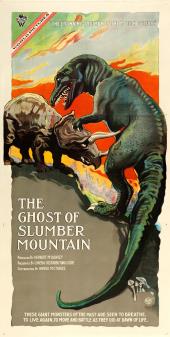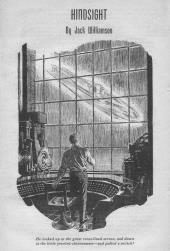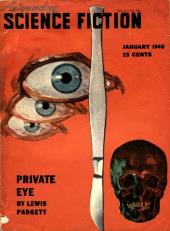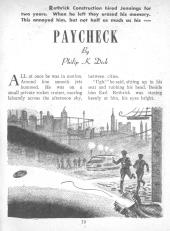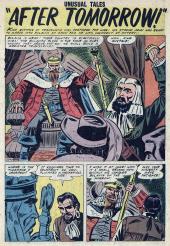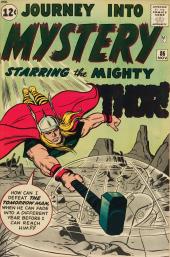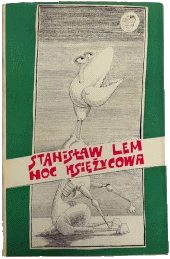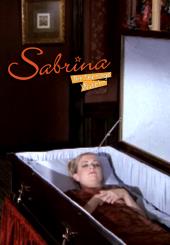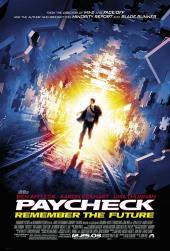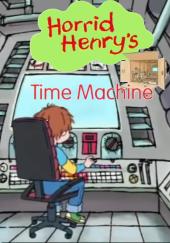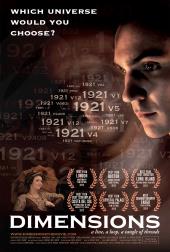Partially Animated Feature Film
The Ghost of Slumber Mountain
- written and directed by Willis H. O’Brien
- (premiered at the Strand Theater, Dorcester, Massachusetts, 17 November 1918)
Unk tells a story to his two nephews about the time when he and Joe visited the stone-covered grave and haunted cabin of Mad Dick where they (and their dog, Soxie) were able to view the prehistoric past through a queer looking instrument that accidentally allowed T. Rex onto Slumber Mountain. Sadly, at the end, Unk suggests that it was all a dream, but what does he know?!
The IMDb lists Herbert M. Dawley as a co-writer, but Wikipedia lists him as only the producer. The initial three-reel film premiered at the Strand Theater, but an unhappy Dawley cut it from over 40 minutes to about 12. Around six extra minutes were later restored by the Dinosaur Museum of Blanding, Utah, in 2016, but the full version no longer exists. —Michael Main
The IMDb lists Herbert M. Dawley as a co-writer, but Wikipedia lists him as only the producer. The initial three-reel film premiered at the Strand Theater, but an unhappy Dawley cut it from over 40 minutes to about 12. Around six extra minutes were later restored by the Dinosaur Museum of Blanding, Utah, in 2016, but the full version no longer exists. —Michael Main
Far, far away, at the foot of a cliff, a Thunder Lizard—which must have been at least one hundred feet long—appeared out of the mists of forty million years.

